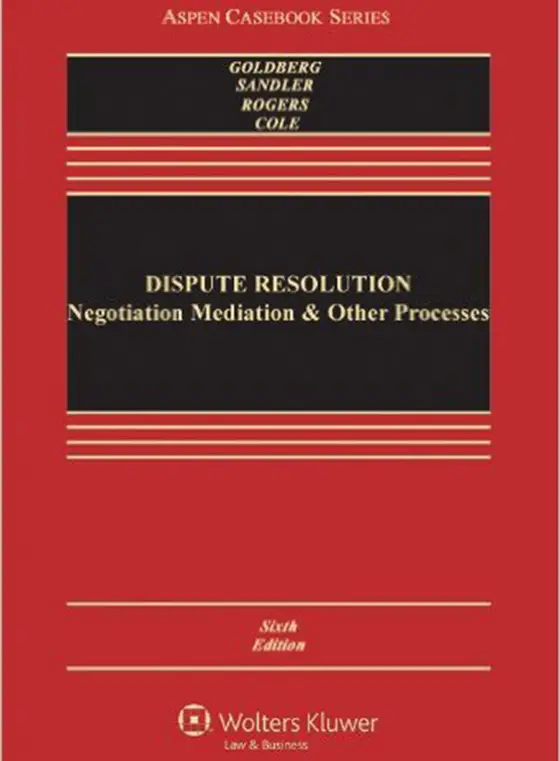Tips to Help Minimize Delays
There has always been a mystic surrounding construction work. I feel that this is due largely in part to the wonderful feeling of accomplishment after completion of a project or a phase of a project. Often, homeowners wish to get involved in their projects for one or more reasons. Frequently, they wish to combine the sense of accomplishment with cost savings.
Many homeowners have hidden building and remodeling talents. The level of ability and knowledge varies from person to person. However, problems can arise if a homeowner decides to use these talents in conjunction with those of a contractor. Mixing the talents of a homeowner and contractor can sometimes work. However, if not done properly, it can be like mixing oil and water.
Many contractors have been delayed by homeowners who were not able to complete their tasks on time. Contractors have been involved in warranty disputes where the failure was caused by an owner installed item. As you can see, it can be a problem area.
Fortunately, there are some tasks which a homeowner can perform which will not interfere with the work of the contractor. The key to this process is to develop crisp lines of responsibility. Choose tasks that are small in nature and that can be completed in hours, not days. Remember, these hours add up. The more hours that you work, the fewer hours you should have to pay for.
The homeowner should try to choose tasks which are realistic. They should also make sure that they can complete the task or tasks on time or ahead of schedule. A contractor will be very unhappy if he shows up to work and is unable to proceed because you didn't do your part.
Suggested 'Sweat Equity' Jobs
Demolition
Demolition work can be very rewarding. Some homeowners enjoy tearing things apart. They don't seem to mind the dust and dirt. However, avoid those aspects of demolition which involve structural modification. If you are not experienced in structural resupport, DO NOT attempt this type of work. Leave it to the professional.
Debris Removal
In the event you do not want to do the demolition, quite possibly you can carry or load the waste materials into the dumpster. This is mundane work, however, someone has to do it. Be sure to ask how to properly load the dumpster. The loads must be balanced and stacked properly for maximum use of space.
Jobsite Cleanup
This task can be accomplished on a daily or weekly basis to keep the jobsite clean and safe. Daily cleanup is best and provides for maximum productivity the next day. Fewer things are in the way, and any missing tools are generally found immediately.
Material Moving or Placement
Often, delivery trucks simply dump certain types of material (rough lumber, gravel, bricks, etc.). These materials often have to be hand carried to some other place on the jobsite. Frequently, the contractor can tell you how much of what material he needs in what place and when he needs it. You can transport these materials each night, or on the weekends. Just ask for a simple written list of quantities and exactly where they should be placed.
Painting
This is a very touchy subject. The painting of new work, be it a new house or a room addition, can be very time consuming. Many homeowners are used to painting a bedroom in a weekend. Surfaces that have never been painted usually require more coats of paint and a significant amount of spackling, sanding, and caulking. These tasks can be overwhelming for the average homeowner. Be very careful if you decide to attempt this type of work. I once witnessed an occasion where a homeowner took 26 days to paint a job that my painter had figured would take 5 days. The homeowner was, needless to say, very distressed.
Final Cleaning
Frequently, many contractors include in their bids an amount to do final dusting, window cleaning, etc. Ask if you can perform these tasks yourself. In all probability, you will do a much better job of cleaning than the contractor. Usually, they are more than happy to assign this task to you.
Landscaping
Many homeowners are very capable at landscaping. This work is usually performed at the end of the project and a perfect task for a homeowner. If you remove this task from the contractor, you can also save any profit he or she may have attached to this task as well.
If you decide to attempt any of these tasks, you should consider doing the following. If you follow these steps, you will maximize the amount of money that you can possibly save.
- When your job is put out for bid, request itemized quotations for each phase of the job. You know that all of the above tasks have to be done on your job, and you simply want to see what they cost. You want the entire job broken down, not just the above tasks. See the CHECKLIST FORMS for these types of breakdowns.
- Do not mention in the bidding stage or when you first meet the contractor's that you are interested in performing sweat equity tasks. Only mention this interest after you have received the itemized quotations.
- Use the sweat equity tasks as a negotiating point. See which contractor offers the best discount for the amount of work you promise to do. Make sure that what you propose to do is very realistic and prove that you can do it. A contractor who wants the job may be willing to allow you to do more tasks and / or offer more of a rebate to you.
Tips To Help Minimize Delays
Request A Schedule
Ask for a simple schedule which shows each aspect of the job and when it will occur. This will help you to make sure that you will accomplish your tasks on time.
Pre-Select Materials & Fixtures
These items have to be selected at some point. You might as well do it as soon as possible. This allows plenty of time, in the event that you can not make up your mind. Special order items should arrive on time.
Make Follow Up Phone Calls
Make sure that ordered items have in fact been ordered. Will they be shipped on schedule? Can you obtain a written order confirmation?
AVOID CHANGE ORDERS: Think out your project completely prior to starting. Consider all possibilities during the planning stage, not the construction phase. Ask for help or sketches, if you have trouble visualizing what a blueprint will look like in 3 - dimensions.
Column B17


